Video
vimeo
A COVID-19 friendly fall bike tour, initially setting off for the Fraser Valley, impulsively taking myself on the ferry to Vancouver Island for sunshine, ocean views, and warm fires.
1 note
·
View note
Video
vimeo
Not the Distance
1 note
·
View note
Photo

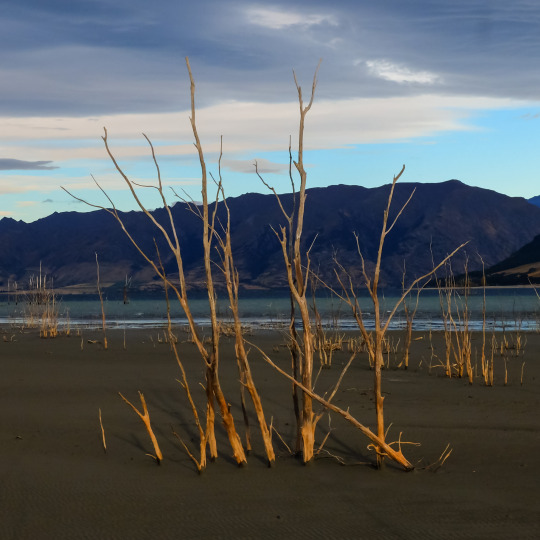

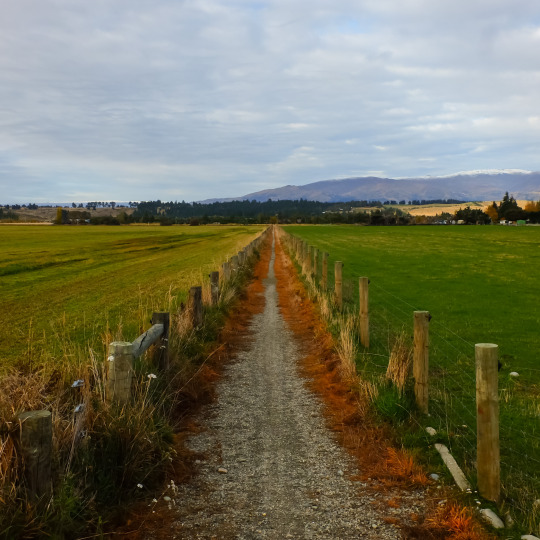



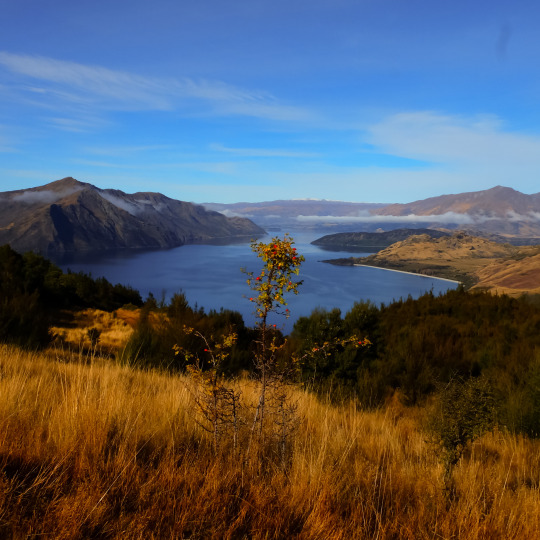
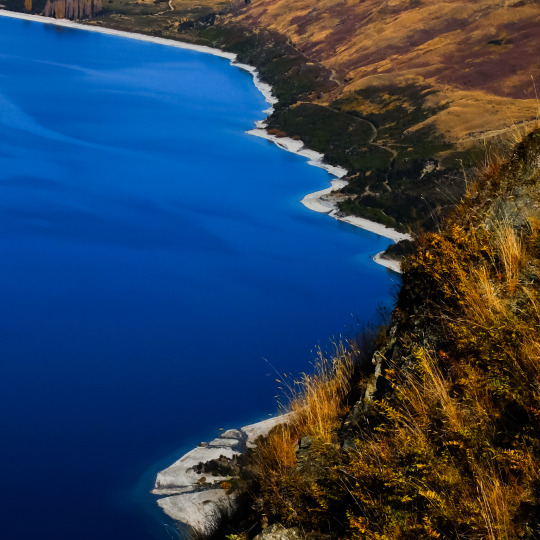
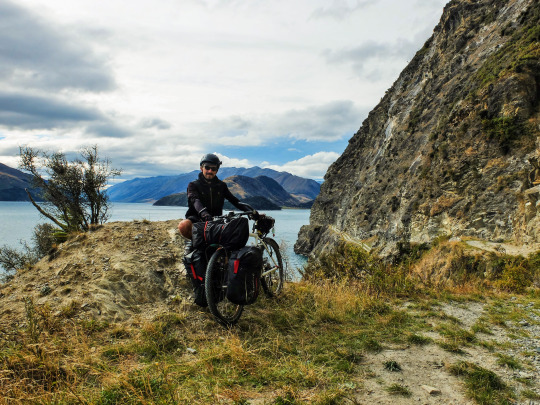
#Bikepacking Aotearoa#New Zealand#Aotearoa#Wanaka#Hawea#Dingle Burn#Bikepacking#Cycle Touring#Adventure#travel
5 notes
·
View notes
Photo


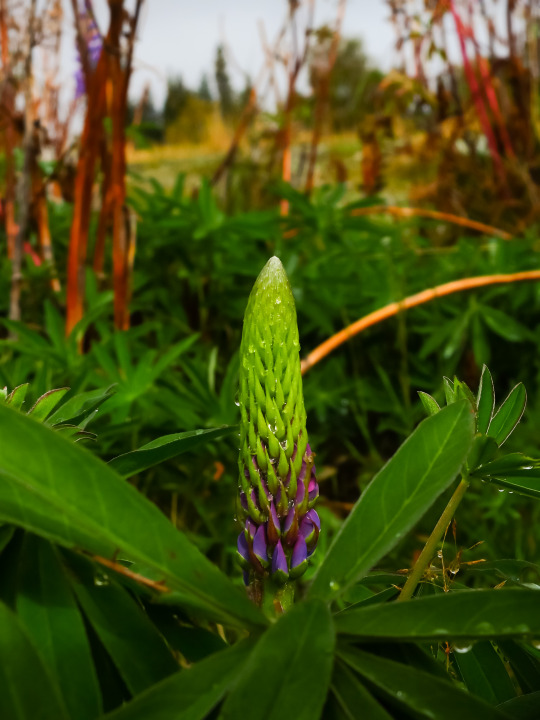



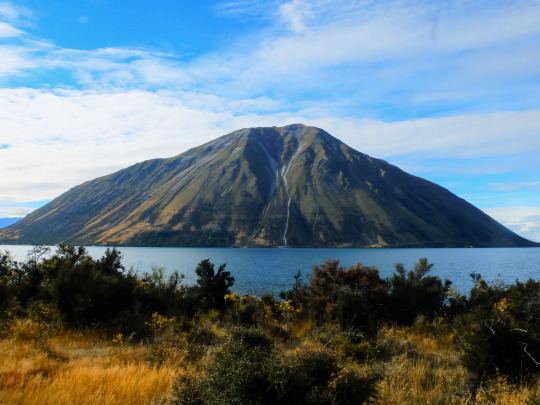

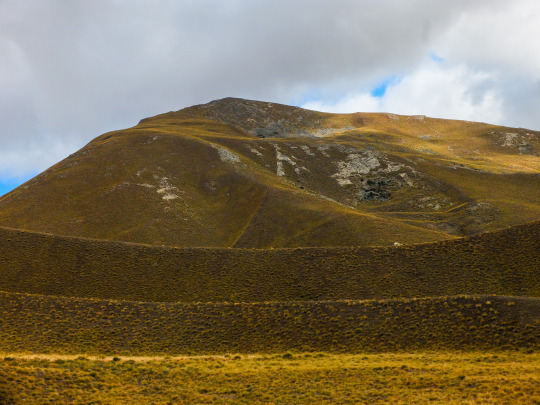

#Bikepacking Aotearoa#New Zealand#Aotearoa#Wanaka#Aoraki#Tekapo#Lake Tekapo#Lake Pukaki#Ben Ohau#Lake Ohau#Lindis Pass#Bikepacking#Cycle Touring#Adventure#Travel
8 notes
·
View notes
Photo



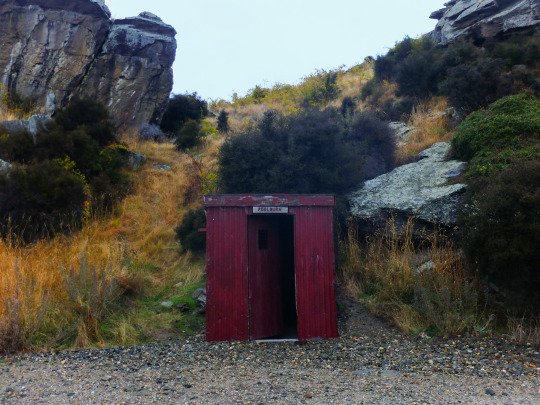
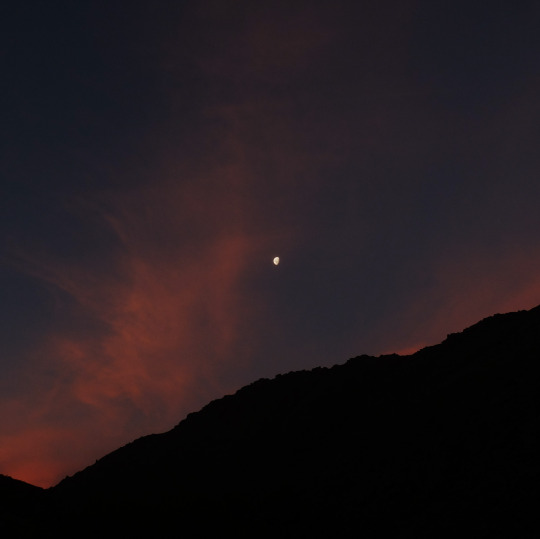
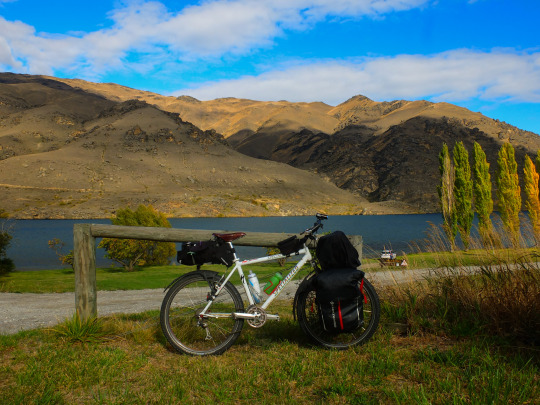



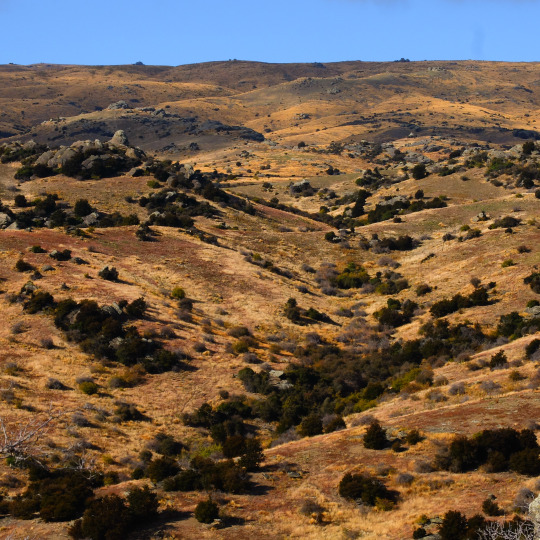
#Bikepacking Aotearoa#New Zealand#Aotearoa#Otago#Te Wai Pounamu#Bikepacking#Cycle Touring#Adventure#Travel#Camping#Nature
1 note
·
View note
Photo


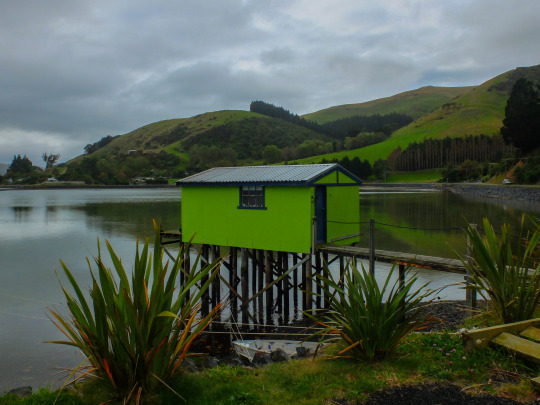
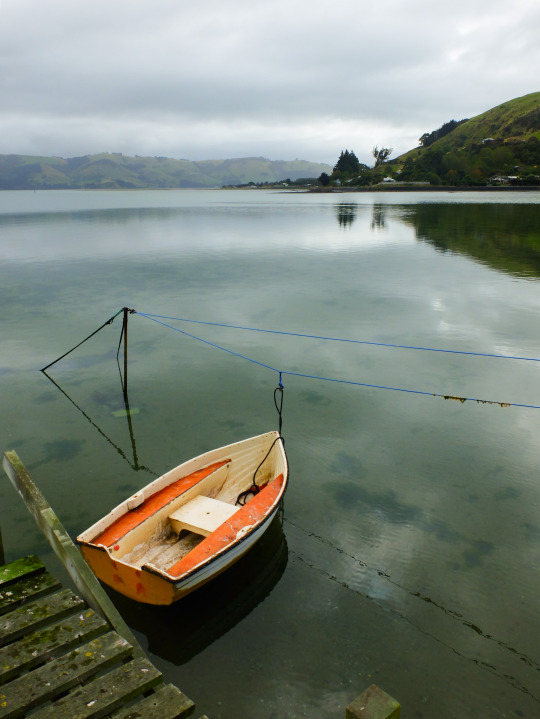
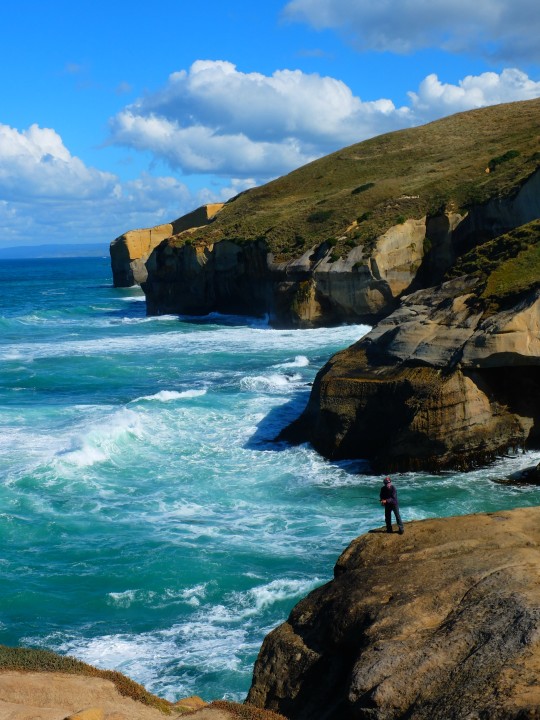

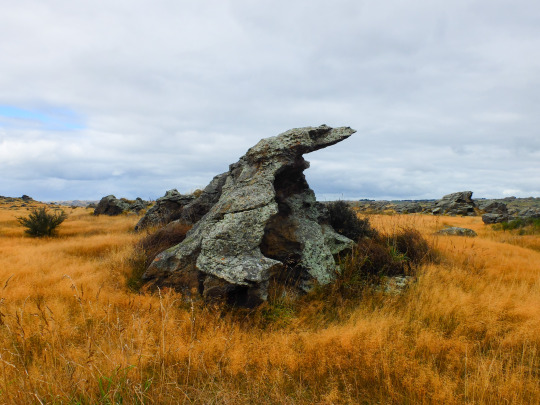
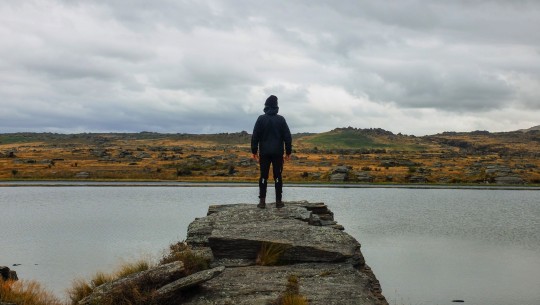


#Bikepacking Aotearoa#Otago#Dunedin#Otaku#Otago Rail Trail#New Zealand#aotearoa#Adventure#Nature#Te Wai Pounamu
6 notes
·
View notes
Video
vimeo
Bikepacking Te Wai Pounamu in 2017
#Bikepacking Aotearoa#new zealand#Aotearoa#Te Wai Pounamu#Bikepacking#cycle touring#Adventure#Travel#Video
0 notes
Photo

Adding things up
Days in Japan: 87
Shred days: 14
Ski resorts: 12
Bike rides: 10
Hikes: 9
Prefectures: 8
Onsens: 3
Tanukis: 1
Photo by Sohara at Raspberry Hostel Minakami.
1 note
·
View note
Photo
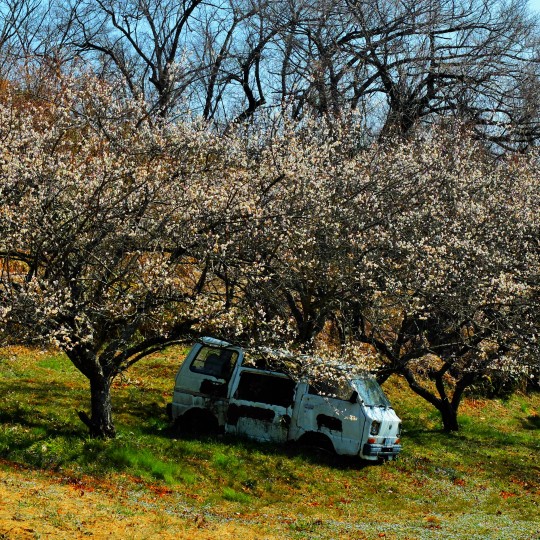


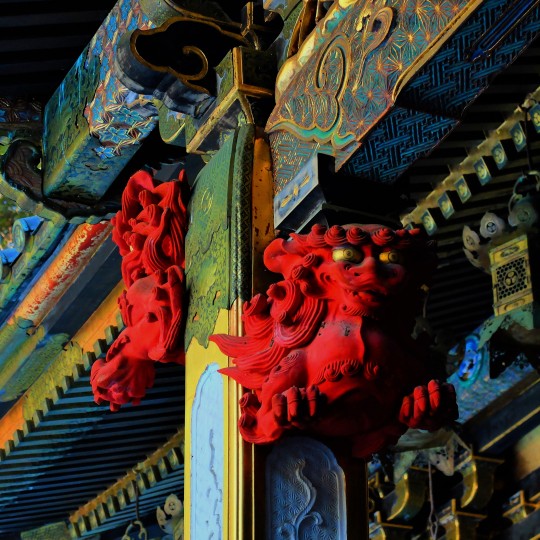
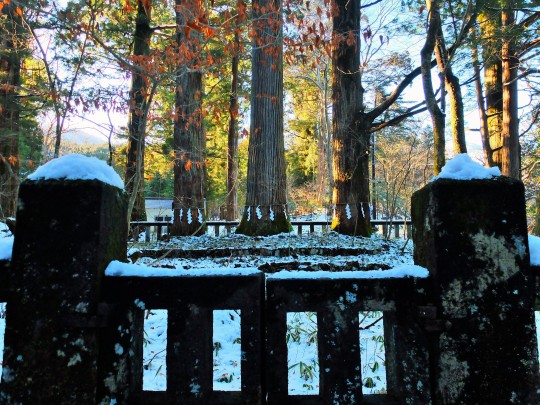
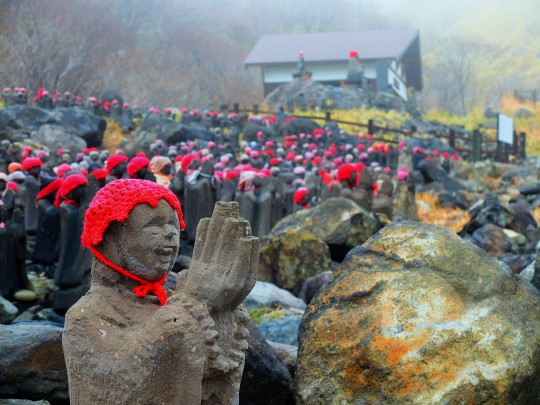
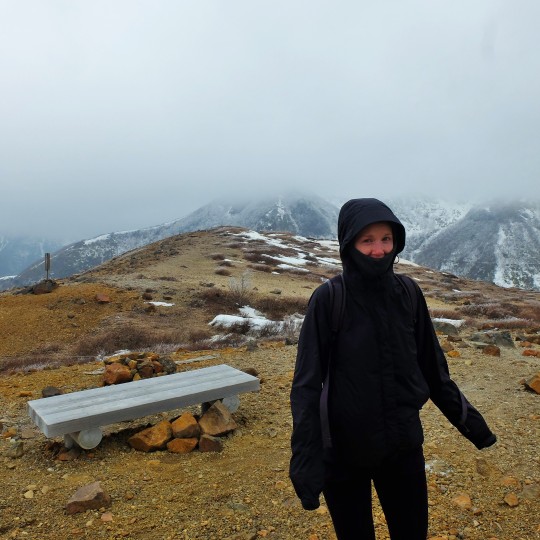
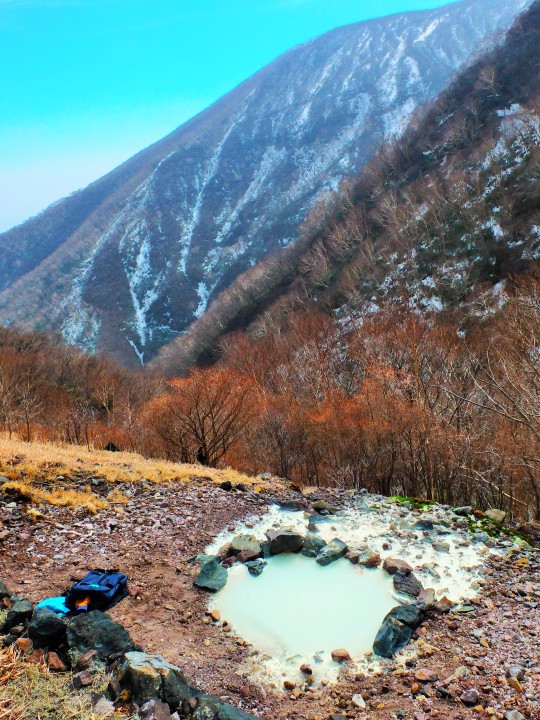
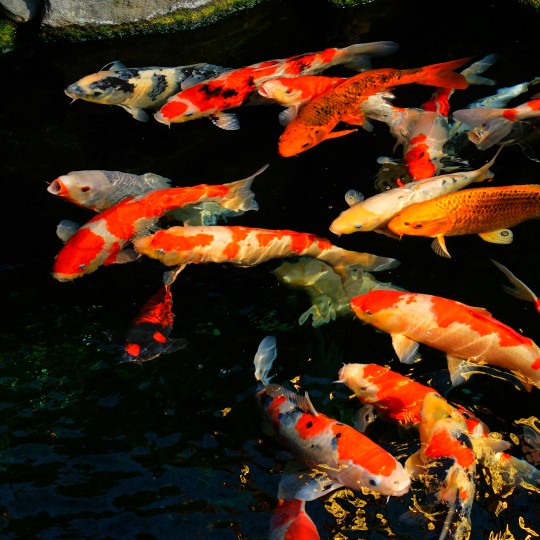
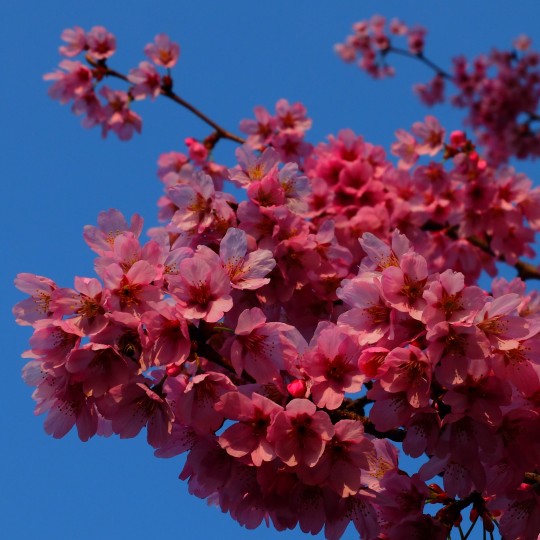
#Japan#Japow Tour#Sendai#Miyagi#Schichigahama#Nikko#Nasu#Tokyo#Tochigi#Kanto#Adventure#Travel#Images
1 note
·
View note
Photo
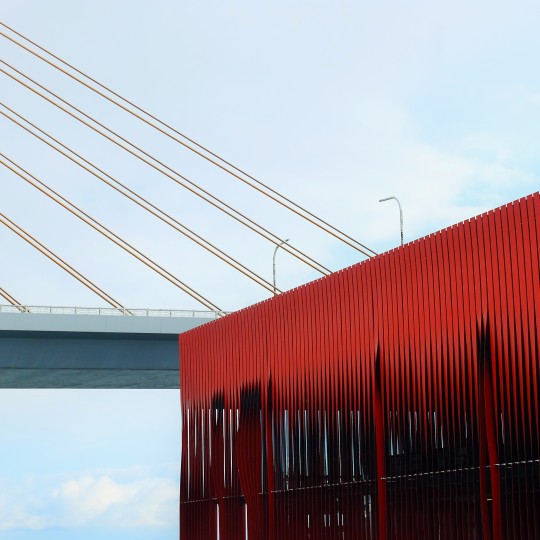
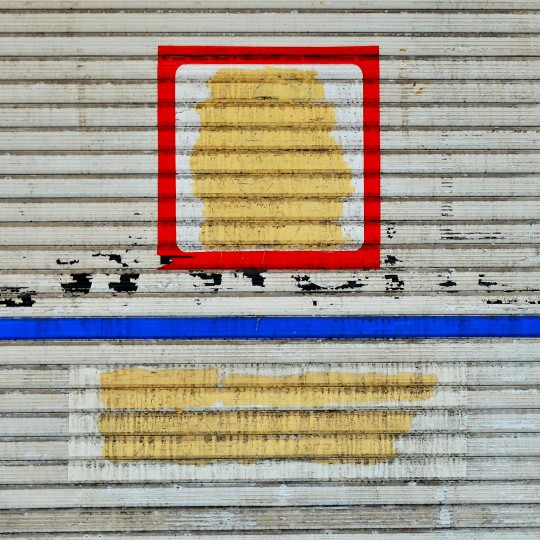
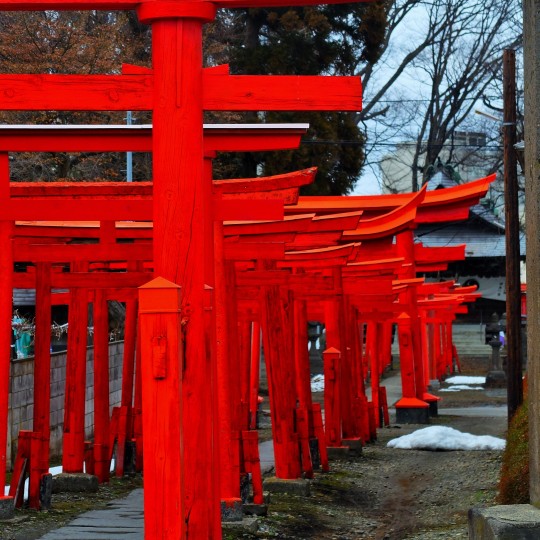

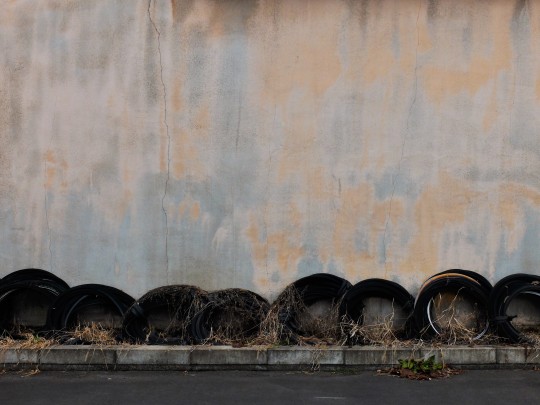

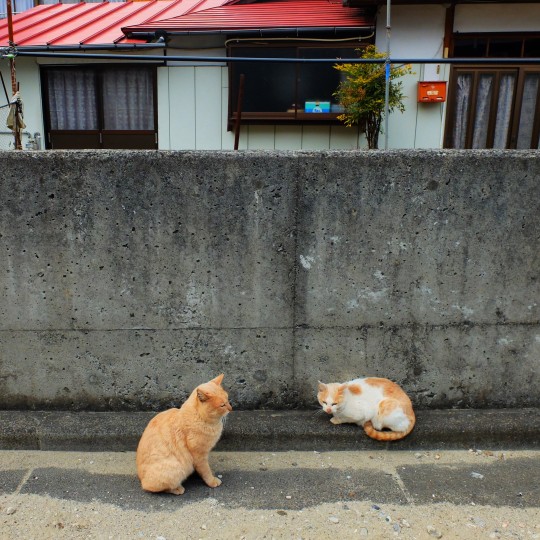
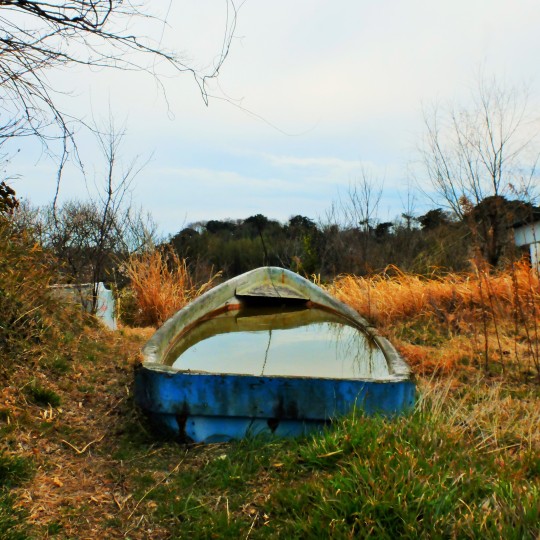
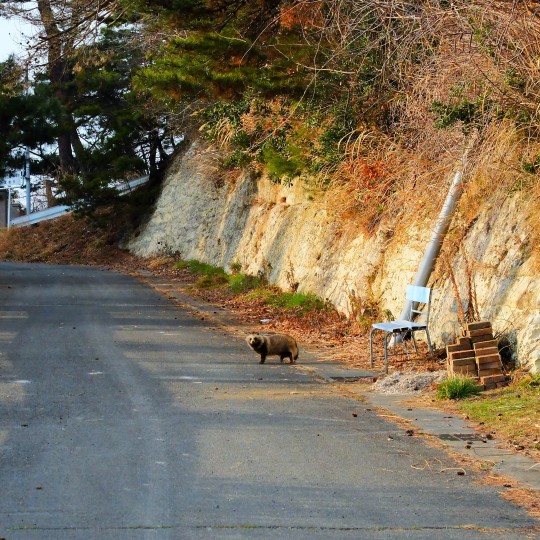

1 note
·
View note
Text
Japan Month 3 Part 2
The Urato Islands in Matsushima bay are part of Shiogama city, and although only one child lives there, an elementary school, built when the islands had more residents, is still being used with kids and all staff taking the 30 minute ferry ride everyday to use the facility. I'd say it was definitely the cutest place I went to. Tiny farms that look straight out of the Harvest Moon video games, endless rocky tiny bays for exploring, finding abandoned 19th century houses, fossils, endless sea shells, a large population of pretty healthy looking friendly stray cats, one of them literally greeting us off the ferry, and tanukis, cute wild dogs that look like raccoons. Although the one we crossed on the road had a bad leg and one eye, it seemed pretty happy in the spring sunshine.
With a day to spare on my train pass I did a day drip to Nikko in Tochigi, one of Japan's most famous places, having whats said to be the most lavishly decorated and important shrines and temples in Japan. There's a bunch of history here, but basically this is the resting place of a bunch of ruling type dudes from the Japanese feudal ages, and has some of the most important Buddist and Shinto sites. I failed at seeing most of them. I decided to start off with a hike down the Kanmangafuchi Abyss, a gorge trail lined with 70 stone Jizo statues, every single one of them wearing red bonnets and bibs. By the time I got back to town, I only had time to visit one of the sites before they closed for the day. So instead I hiked some more, following a service road up the mountain and finding myself half way up Mt. Nyoho out of cellphone range and with the sun setting. After coming across small remote mountain snow blanketed shrines and getting to a beautiful view of the mountain and the river that flows from its summit crater lake I made my way back down, catching the last train out back to Shiogama.
Emily and I spent our last few days together in Nasu, an off the beaten track hot spring and outdoors area in Tochigi. I'll spare the details of the nauseating white millennial couple in an exotic country retreat, but it included lots of laughs, hiking a volcano ill equipped, being persistent and actually succeeding in finding a wild outdoor hot spring, cute cabins, thousands of Jozi statues with their red bibs and bonnets, lots of walking and being overly thrifty cause we are actually on the verge of being broke. And snacks, lots of snacks. After three months, Emily and I parted ways, taking trains in opposite directions, me heading back to Canada, and her staying another 5 months in Japan, finishing her contract.
I had one more stop before heading back to Tokyo for my flight. Two nights in Minakami, Gunma prefecture, for one more shred day. Being a holiday the bullet train was packed and inconvenient with luggage and ski gear, so I took the slow local train. It was a long 6 hour ride, but was the best people watching I did in Japan. Riding the old Ryomo Line which runs through the country passing through small cities hugging the edge of the greater Tokyo metro area. I was the only guest at the Raspberry Hostel in Minakami, and the owner, Sohara, was overly concerned and surprised that I had not been eaten by a bear after I walked 2km from the train station at night, treating me to sake tasting and being my guide for the next two days.
I had come to Minakami for the skiing. Tanigawadake Tenjindaira is a small, and relatively unknown ski area with some of the most snow and vertical drop in Japan. There's a legendary, very isolated train station with a 500 stair access tunnel at the base of the ski area where in the 80s two Aussies were said to have stealthily lived while shredding everyday, and going into town only for supplies and food. Comparatively, I felt cheap to have Sohara chauffeur me to that mythical tunnel, and then up to the ski resort where once again a dry season left little snow to shred, and the one and only mythical 4000m top to bottom in-bound backcountry run closed off due to early spring melt. Although it was a beautiful day with summit beers and ski boundary border hoping, I felt a little defeated that I just wasn't as hardcore as those Aussies or other shred bums. But as I waited for and watched my bus to town make its way up the the hairpin turns to base station looking like a tiny toy compared to the mountains surrounding it, I pictured myself looking a lot like that bus, a tiny dot going back and forth, shredding the side of a mountain at 1500 meters, on 110cm pieces of wood strapped to my feet and that was still pretty bad ass and felt pretty damn stoked about my life.
I jumped on the train to Tokyo and spent my last day sitting under sakura blossoms, visiting Asakusa shrine once again, going to watch an improv jazz show in a crowded basement space with only a handful of people, aimlessly wandering around residential neighborhoods in Tokyo under the full moon, and using up the last moments of my phone plan on a good bye call with Emily.
Back home for now, til next adventures.
#Japan#Japow Tour#Miyagi#Urato Islands#Shiogama#Matsushima#Nikko#Tochigi#Nasu#Mt Chausu#My Nyoho#Minakami#Tanigawadake Tenjindaira#Tokyo#Kanto#Gunma#winter#adventure#skiing#skiboarding#snowblading#words
0 notes
Photo



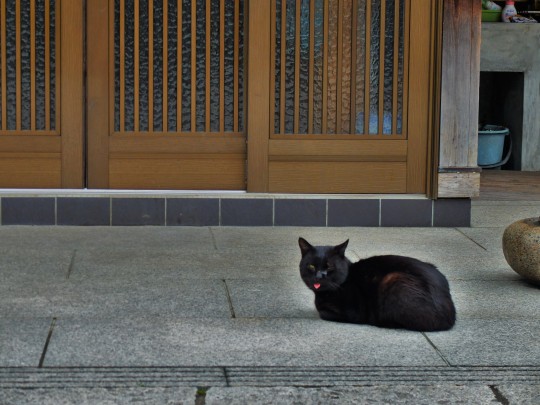


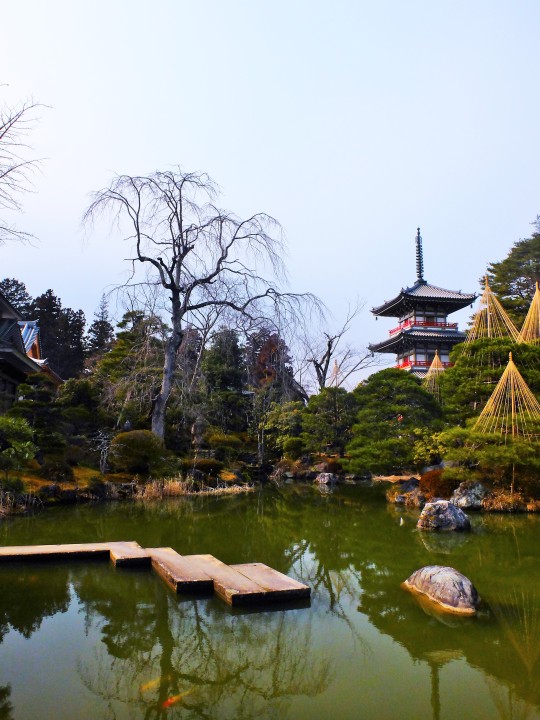
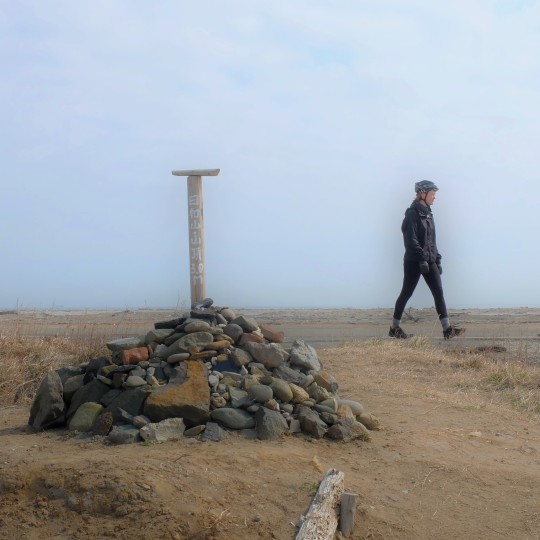
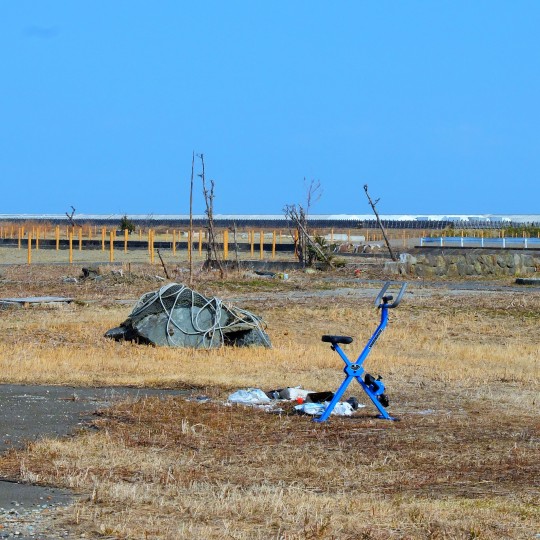

5 notes
·
View notes
Text
Japan Month 3 Part 1
Japan is expensive. After two months of living in Shiogama, with no dumpsters to eat out of, high cost of groceries, and an insatiable appetite for powder snow and checking off as many places as possible, I was running dry of money. The radius of places left to see in Japan was growing further out of reach, and with still a month left I decided to borrow more money from the bank to purchase a rail pass and jump on the high speed Shinkansen train to destinations further out, which I could also use to get back to Tokyo for my flight home. This meant I had to scale back some travel plans, and omit some places I had set my sights on like Aizuwakamatsu, Tsuruoka, Fukushima, Nagoya, Geto Kogen, and others.
It also meant I had more time to explore the Sendai and Matsushima Bay area, both a short bike or local train ride away, peeking into places that barely even appear on maps or travel guides like Aobanomori Ryokuchi Conservation Park at Tohoku University, the beaches and views of Shichigahama, Monju Bosatsudo and Rinnō-ji Temples in Sendai, the hidden corners of the airport city of Natori, and Japan's smallest mountain Hiroriyama at 3m in height.
Emily and I went off for a bike ride to visit Arahama, Sendai's most affected area from the 2011 tsunami. Most of the debris cleared away, the building foundations would be hidden by greenery in the summer or snow in winter, but the mild winter left them uncovered. Its an emotionally heavy space, one that is hard to describe. People sit in cars looking out at the ocean, or come pay their respects at the memorial on the beach, all the streets have been cleared, but yet there is nowhere to go. There is a vast emptiness, the landscape is flat and you can see 20km in every direction, with clusters of construction equipment dotting the landscape for building new seawalls or the 30 meter tall pyramid-shaped mounds of trucked-in earth which will serve as both parks and evacuation areas for the future community. That same weekend we visited Ishinomaki, across Matsushima Bay and another recovering area. Ishinomaki was one of the worst hit areas, having had the most casualties in 2011. It seems to be where many of the hipsters and artists have come from across Japan to volunteer their time or open up cafés or restaurants, giving the small city a lively, youthful vibe.
My third big planned skiboard trip was up in Aomori prefecture. Aomori City is a small but lively city in the far reaches of northern Tohoku, a region historically looked down upon as primitive, rural, backwards. It overlooks Mutsu Bay, Mutsu being an old derogatory term western Japanese used to call the area's inhabitants. It was one of my favorite places: kids played rock music outside on the strip, anti-nuclear protests blocked streets in a joyful parade, art from people of all kinds of backgrounds was around every street downtown, and bars and cafés proudly draped rainbow flags in their windows. I stayed in an adorable traditional ryokan and made daily stops to the neighbourhood soba noodle shop. The Japan Media Arts Festival was making its stop in the city, and had to check it out, and also took a stroll out the neighbouring Jomon Archaeological site, both free of charge. I did a day trip to Hirosaki, the "Osaka of the north" as it's called, visiting the city castle and wandering around aimlessly the historical and temple districts.
My months of researching snow before coming to Japan had pointed me to the Hakkoda Mountain range. An hour bus ride outside the city. It was to be the most epic back country Japan skiboard adventure. Snow walls taller than buses, 1500m of lift accessed backcountry, and only one groomed trail at the lower mountain. However, the season did not play out in my favour, and once again the curse that follows me around the world dropping rain and no powdered snow anticipated my moves. The snow walls were barely a meter tall, and lots of rain had hit the week before. I had gone to Moya Hills, a smaller ski resort just outside Aomori city the day before. Moya Hills has some surprisingly challenging terrain for being such a tiny hill, and even some decent tree skiing, but conditions were icy, with little cover, and sadly the following day Hakkoda was not much better, and the few centimeters of overnight fresh seemed more like a cruel joke.
That's not to say I did not have fun, far from it. There are no big hotels, bars, or fancy facilities here. People come for the backcountry. Hakkoda has a large 100 person ropeway that goes up every half hour, there are no trails, only bamboo markers for first timers to not get lost. More experienced riders find their own way down, or hike around to a different peak. At the base station, skiers and boarders huddle and dry off around kerosene heaters, trading tips and stories from their last run waiting for their next ride up. Once we got to the top, everyone scattered in their own direction, and I found myself alone, carefully treading around the cornices of ice and snow monsters, keeping the coloured bamboo poles in sight. About halfway down the mountain, the steeps turn into mild, endless, and wonderfully beautiful glades, where everything looks the same, and the only sounds were the small chirping birds spreading their wings in the early spring sunshine.
I lost sight of the bamboo poles at one point, but followed fresh ski tracks back to the base station. Far off between the trees, the occasional moving presence caught my eyes, bear or skier? Probably the latter, but also possibly the former. After three runs at 1200 yen each, I called it a day, jumped on the bus back to Aomori city and went for more soba noodles.
#Japan#Japow Tour#Sendai#Miyagi#Matsushima#shichigahama#Shiogama#Aomori#Hirosaki#Tohoku#Moya Hills#Hakkoda#Words#Ski#Travel#Adventure#Ishinomaki#skiboard
0 notes
Video
vimeo
#Japow Tour#Japan#Miyagi#Sendai#Natori#Onikoube#Okunikkawa#Mt Chausu#Tochigi#Gunma#Aomori#Moya Hills#Zao Onsen#Yamagata#Tenjin#Minakami#Matushima#Adventure#Travel#Video#Skiboard
0 notes
Photo
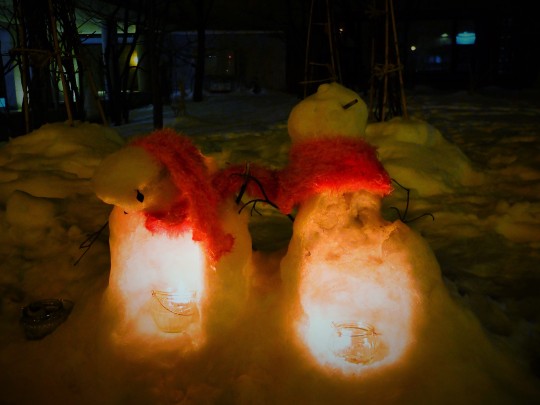
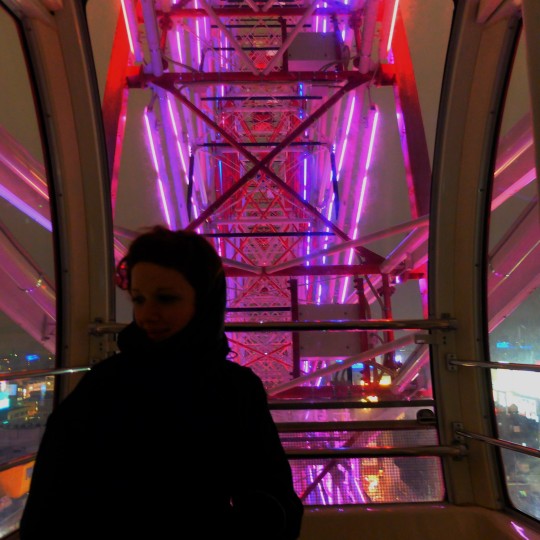




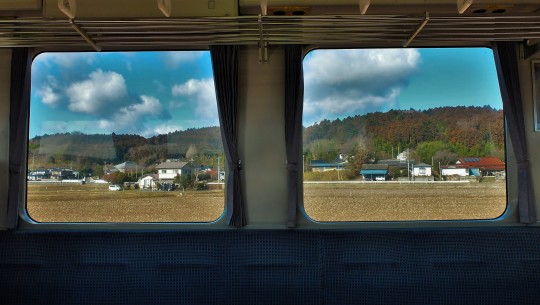
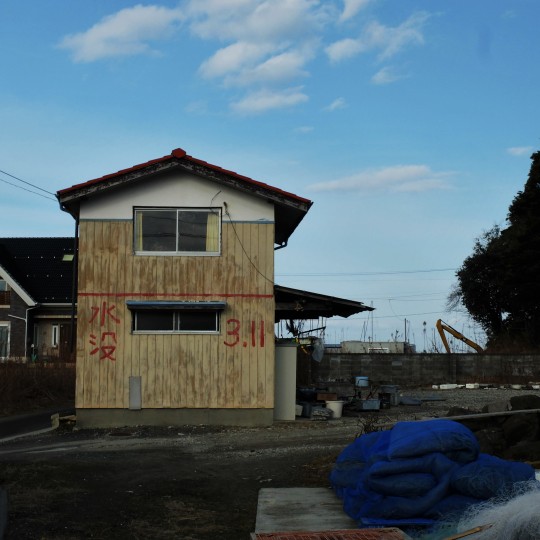

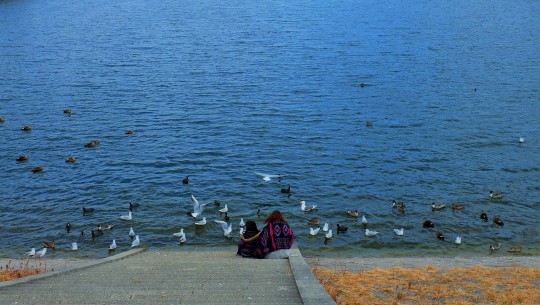
#Japow Tour#Japan#Hokkaido#Otaru#Sapporo#Minamisanriku#Miyagi#Shichigahama#Tagajo#Travel#Shiogama#Images
1 note
·
View note
Photo
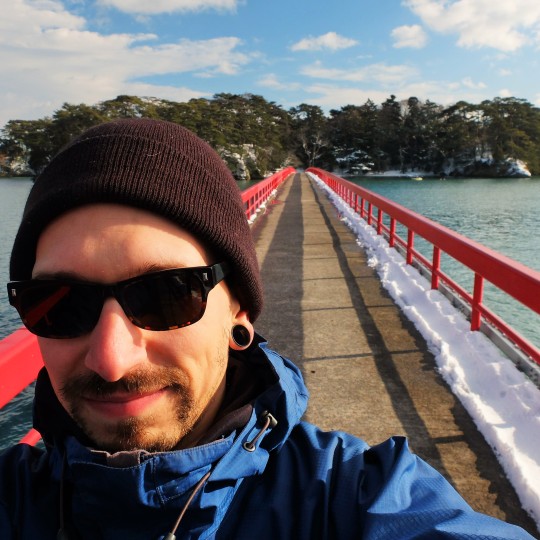
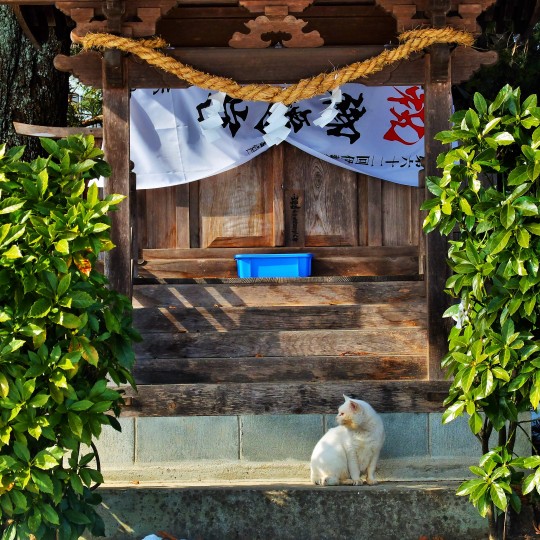
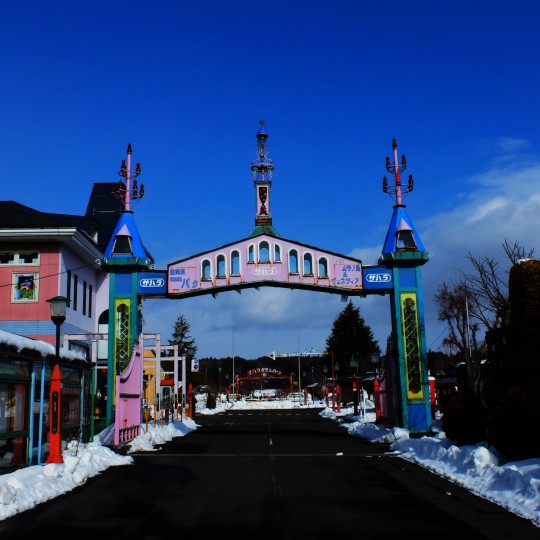


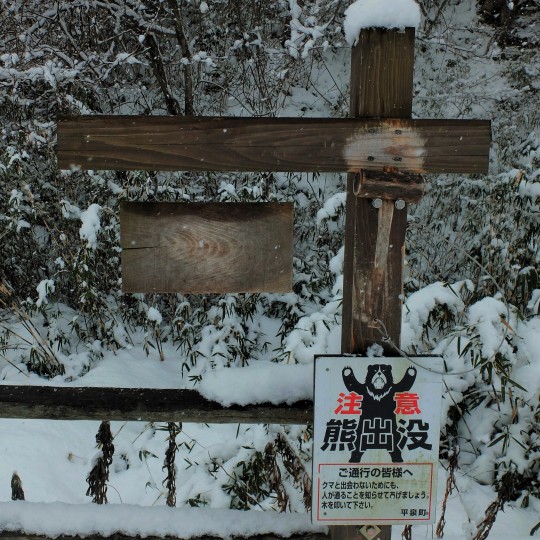
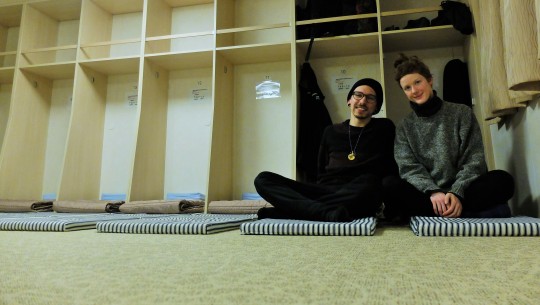
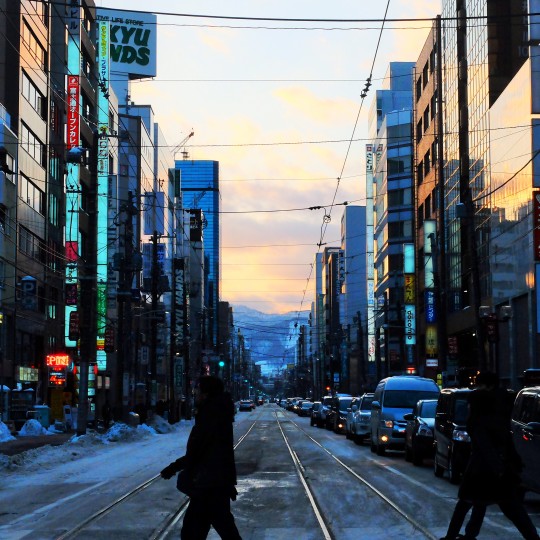


#Japow Tour#Japan#Miyagi#Matsushima#Iwate#Ichinoseki#Hiraizumi#Genbeki#Hokkaido#Yukimatsuri#Sapporo#Adventure#Travel#Images
1 note
·
View note
Text
Japan Month 2
I may have forgotten to mention that Shiogama, where base camp (lol) would be located lies on Matsushima Bay, one of the Three Great Scenic Views of Japan, a large bay on the Sanriku Coast, dotted with sharp rocky pine clad islands to which it owes its name. Sometimes it was hard to remember the bay was only a 15 minutes away, and often found myself biking or wandering around with nothing else to do on days without plans when Emily was off teaching bratty kids English. We once were shown around by Roger, who works in tourism in Matsushima, getting a group of us in onto Fukuura Island for free on a sunny day with a blanket of fresh snow crunching under out feet.
I went off the Iwate for two days, stayed in Ichinoseki which not a place of particular interest but nearby Genbeki Gorge was just a bike ride away where I found the creepy, out of date, Glass Works Park, which had seem to be built a few decades ago and probably needed a fresh coat of paint as rust and once vibrant colours turned pastel from soaking in the sun. I went to my first onsen which was exciting considering tattoos are generally not allowed in Japanese hot springs, but maybe due to the town's economic woes they let me in after a bit of hesitation. The next day I biked for 8km through one foot of fresh falling snow, finding a few snow covered dead ends along the way to Hiraizumi, a town famous for its gold covered shrine. I had a nice winter walk though the forest while signs warned of bears around what seemed like every corner. The signs had a hammer attached on a string meant to make noise by hitting the sign and warn bears of your presence, maybe they would have been more useful as weapons against a charging bear.
It was time for more skiboarding, we did a day trip to Onikoube, a small but super fun resort with no competition for the trees and powder. Emily took some days off from work and we took an overnight ferry, which was in itself a hilarious and novel experience for us but probably nothing new for any Japanese person. We drank probably too much beer cause what else are you supposed to do after you've done all the ship's activities, the one arcade, the massage chairs, and the live entertainment, in the first few hours, and you still have 10 hours to go including sleeping on a mattress the equivalent to lawn chair cushions with roomful of strangers and a pillow which resembled a yoga block. It was great, loads of fun, and the next day we were off for Sapporo and the Yukimatsuri, the famous Snow Festival with giant snow and ice sculptures.
The streets were crowded, and extremely slippery, I wonder how many broken and bruised coccyx filled the emergency room that week. We wandered around with not much of a plan enjoying each others company and the sights that only winter in northern Japan can offer. We rode a ferris wheel on top of a 20 story building, ate Sapporo's famous Soup Curry dish, and walked in the woods. Sapporo Teine is just a short bus ride away from downtown, although a fairly small resort, it had the most intense view I've seen at a ski resort, with one side looking down to Sapporo and the Sea of Japan, the other, snow peaks of Hokkaido's back country. Combine that with lift accessed backcountry, decent vertical drop, and fun terrain for all levels, its not wonder PowderHounds gave it two Best Ski Resorts in Japan awards.
Otaru is a train ride away and hosts their own Snow Festival. Smaller, candle illuminate snow sculptures fill an old railroad track, but a few minutes after we got there, volunteers where quick to blow out the hundreds of candles in the sculptures precisely at 9pm, closing time. Instead we found lots of laughs looking at the sad but funny melting snow sculptures in the dark with big muddy holes where there would be candles, and almost forgot about stressing out earlier over possibly missing the festival.
Emily went back to Shiogama to get back to work and I stayed for a few extra days, heading to Kiroro, which sadly was mostly closed due to high winds but finding plenty of snow and no lift lines, and followed a group of other powder hounds slightly off piste into a short, but deepest bucket of snow I've ever skied, followed by the longest, flattest green run back the the chairlift I've ever seen, passing scores of snowboarders, clutching their boards in hand, and another 1km or so before the lift. Kiroro is hell for snowboarder, and even my thighs where burning from lactic acid from all the skating to the lift. Regardless it was a great day.
The next day I went to Rusutsu. The large quantity of rain forecasted had over night switched to snow, lots of it! And by the time the free shuttle bus from Sapporo arrived almost two hours late to the resort, the sun was bright and winds down to nearly nil. Most shredders headed for the summit of the main area, but I opted for the smaller glades across the highway along with only about a dozen or so other shredders with permanent grins on our faces, cheering at each other from the lifts as we laced turns through in the 3 feet or fresh wiggling through the trees. I could have stayed there all day, but hopped on the gondola that crosses over the highway to the main area out of curiosity. The snow was not as deep, but still fun, and it was nice to get more vertical and to sea the view from the summit of crater lakes and the Sea of Japan.
That evening I tried to chat with some other shredders at the hostel. They had never heard of Rusutsu or Kiroro, instead, they all went or were on their way to Niseko, the most popular Hokkaido Resort, which I had purposefully left out but was now having second guesses and no more days left in the prefecture. I talked to a Korean kid who had made his way to Sapporo with the little vacation days we was allowed at his overly demanding new job for Yukimatsuri, and the Sapporo Beer Garden, only to find out the first finished two days before he arrived, and the beer garden was not open in winter and was drowning his bad planning in beer. I may not have gone to Niseko, but at least I wasn't in his situation.
Back in Miyagi, Emily and I went up to Minamisanriku for a friend's birthday. It was here I first got a real gut wrenching feeling about the 2011 Great Tohoku Earthquake and Tsunami. Shiogama and Matsuhima where not hit as hard as the rest of the Sanriku Coast, and the cracks in foundations or sidewalks go by nearly unnoticed to a foreigner. But the barren landscape of Minamisanriku was hard to miss. We waited for our bus back at the station just beside the decrepit railway tracks, and looked over the large pyramid like piles of dirt which will elevate the new town 20-30 meters above sea level. In front of us stood a small blue bridge which survived, but seemed to lead nowhere.
When I arrived back in Shiogama I stood out on the balcony, my arms leaning on the railing and enjoying the sun and milder temperatures of Tohoku, grateful for having skied Hokkaido, a dream of mine for so long, but also feeling like Shiogama was starting to feel like home. Then I saw an elderly lady walking down the street groceries in hand. She noticed me and was immediately startled by my presence, sidestepping into the shadows behind a lamp post, frigid and starring at me. She did not move until I retreated back inside, it was a reminder of how much I stick out in Japan, and that I am far, far away from home.
I spent more time biking and walking around the Matsushima Bay area, Shichigahama, Rifu, Tagajo, sometimes alone, sometimes with Emily, at times going into Sendai for museums or art shows, and by now was eating natto almost daily, fermented soybeans which most foreigners cannot stomach. I may not be a local, but at least I could almost eat like one.
#Japow Tour#Japan#Tokohu#Miyagi#Iwate#Hokkaido#Sendai#Matsushima#Shiogama#Sapporo#Otaru#Naruko#Tagajo#Onikoube#Teine#Kiroro#Rusutsu#Skiboarding#Snowblading#Skiblading#Adventure#Travel#minamisanriku#Hiraizumi#Ichinoseki#Genbeki#Words
0 notes